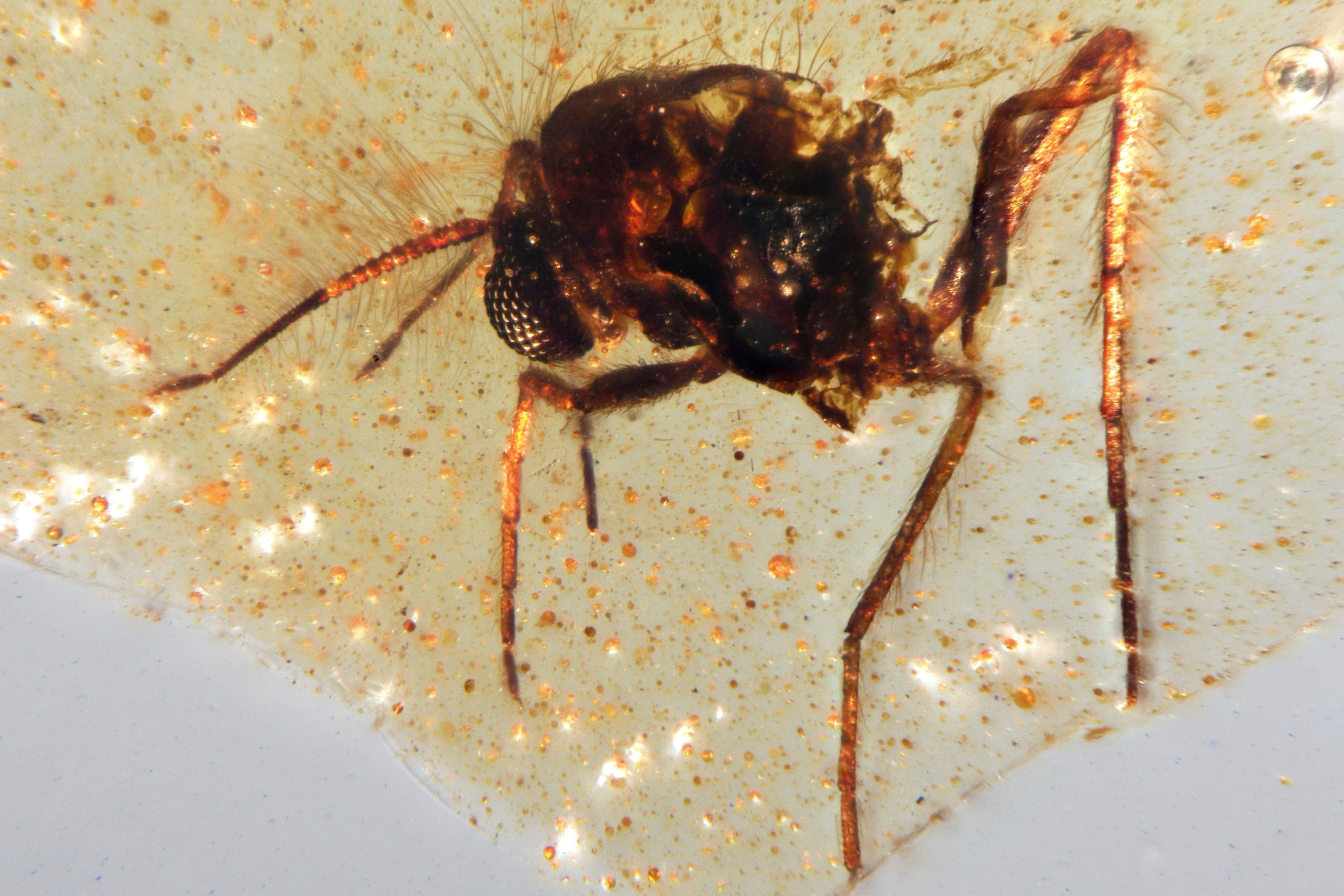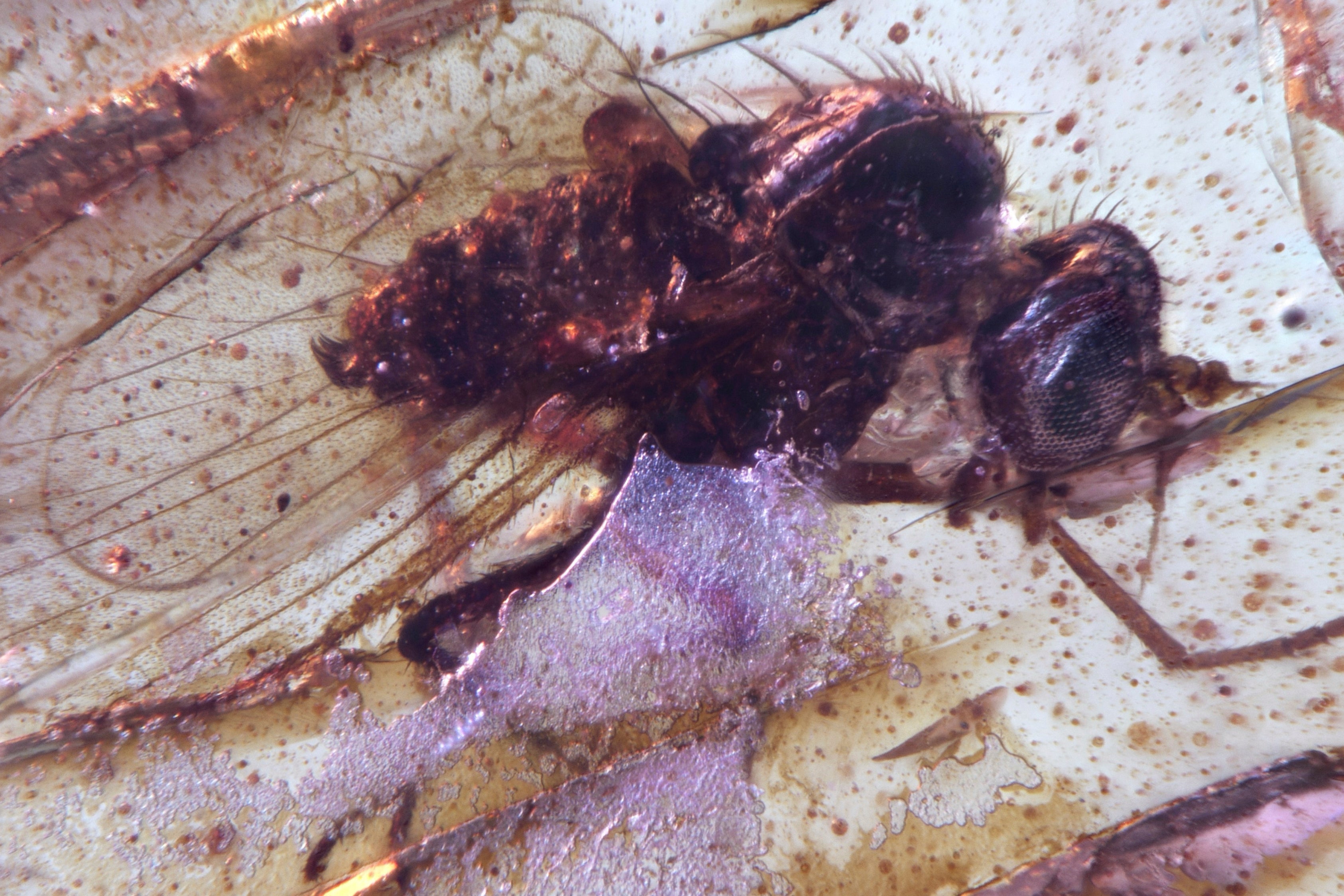Scientists have unearthed prehistoric insects preserved in amber in South America for the first time, offering an unprecedented glimpse into a pivotal era when flowering plants began to flourish globally.
The remarkable specimens, discovered at a sandstone quarry in Ecuador, date back 112 million years, according to Fabiany Herrera, curator of fossil plants at the Field Museum in Chicago and co-author of the study published in Communications Earth and Environment.
This finding is particularly significant as almost all known amber deposits from the past 130 million years have been located in the Northern Hemisphere.
David Grimaldi, an entomologist at the American Museum of Natural History, who was not involved in the discovery, described the scarcity in southern regions, once part of the supercontinent Gondwana, as "an enigma".
Ricardo Pérez-de la Fuente, a paleoentomologist at the Oxford University Museum of Natural History, also not involved, highlighted that this marks the first identification of ancient beetles, flies, ants, and wasps in fossilised tree resin from South America.
He added that "Amber pieces are little windows into the past," and this discovery will aid researchers in understanding the evolving interactions between flowering plants and insects during the age of dinosaurs.

Hundreds of amber fragments, some containing these ancient insects, along with pollen and tree leaves, were recovered from the Ecuadorian quarry, situated on the edge of what is now the Amazon basin.
But today’s rainforest is much different from what dinosaurs roamed through, Herrera said. Based on an analysis of fossils in the amber, the ancient rainforest contained species of ferns and conifers, including the unusual Monkey Puzzle Tree, that no longer grow in Amazonia.
“It was a different kind of forest,” said Herrera.
The amber deposits were previously known to geologists and miners who worked at the Genoveva quarry. Study co-author Carlos Jaramillo at the Smithsonian Tropical Research Institute first heard of them about a decade ago and set out to find the exact location, aided by geology field notes.

“I went there and realized this place is amazing,” Jaramillo said. “There’s so much amber in the mines,” and it’s more visible in the open quarry than it would be if hidden under dense layers of vegetation.
Researchers will continue to analyze the amber trove to learn more about Cretaceous-era biodiversity -- including the insects that contributed to evolution by feeding on flowering plants. “Amber tends to preserve things that are tiny,” said Grimaldi.
“It’s the time when the relationship between flowering plants and insects got started,” said Pérez-de la Fuente. “And that turned out to be one of the most successful partnerships in nature.”
Why AI could make people more likely to lie
The tropical fruit which contains a secret cancer-fighting molecule
Judge dismisses Indigenous Amazon tribe's lawsuit against the New York Times and TMZ
New discovery unlocks secrets of Earth’s inner core
Man with Covid for over two years became virus incubator, scientists find
Chimps consume a pint of lager’s worth of alcohol every day in fruit, scientists find







